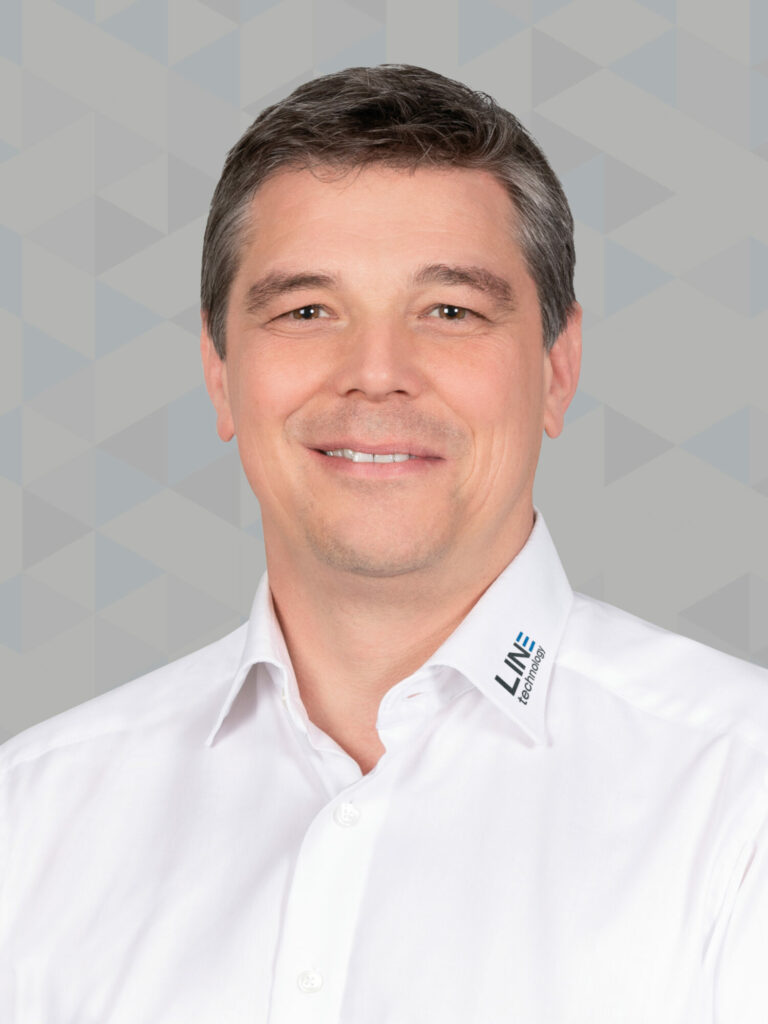Exceptional separation precision with new separator: SORT FLUID enables dry density sorting of heterogeneous particle mixtures.
Wouldn't it be wonderful if the advantages of conventional sink-float separation could be combined with those of dry process management? We have taken this question a step further and developed the SORT FLUID
Function Principle
It features a dry fluidized bed made of very fine particles, where heavy metals (copper, brass, stainless steel, etc.) sink to the bottom and light metals (particularly aluminium) and other lightweight materials (plastics, minerals, etc.) float to the top. The process is continuous, the bed material (heavy material) is circulated and the products are ejected via discharge ramps.
Since sifting takes place directly after sorting, contamination by the bed material can be prevented to the greatest extent possible.

SORT FLUID enables exceptional separation precision
Application Areas
The new sorting unit is used for particle mixtures in the range from 4 – 70 mm.Use of different bed materials is also intended to enable separation of metal/plastic mixtures in future.
The application options of this separator are varied and include residue from thermal processes (slag) and mixed (non-ferrous) metal or Zorba fractions. The following video shows an application example of heavy/light metal separation of waste incineration slag after eddy current sorting.

"Density sorting is the separation of heterogeneous particle mixtures according to their densities. The actual separating feature is the final fall speed, however, which is influenced by particle size and shape in addition to particle density. This means that small particles with a high density achieve the same final fall speed as large particles with a low density – they are classed the same. Unlike established dry density sorting processes, this new technology has the advantage of being able to process a greater range of particle sizes, without an accumulation of the mid-ranged sizes, which negatively affects the separation precision. Since this is a dry sorting process, processing heavy material or fluid involves significantly lower technical effort and lower costs in comparison to wet processes."
Dipl.-Ing. Dr.mont. Reinhold Huber – Leitung Forschung und Entwicklung
Interested in our SORT FLUID technology? Want to test whether it is suitable for your feed material? Contact us for a material trial!

